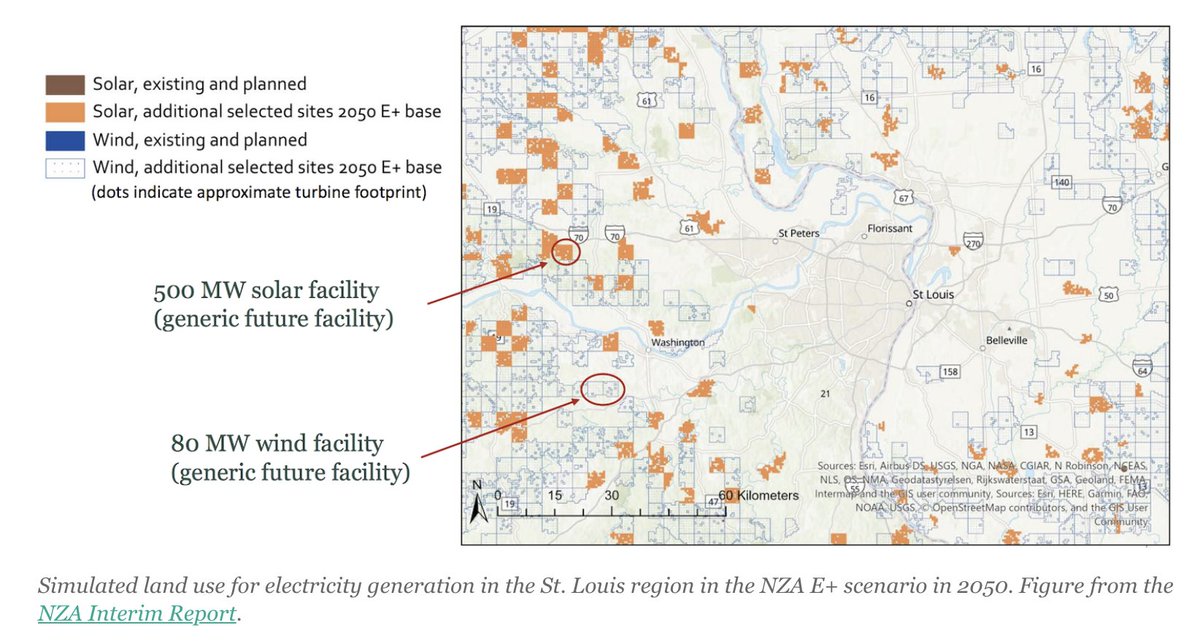
To measure the climate of the distant past we rely on "proxy" measurements from things like tree rings, sediments, and corals. In a new @carbonbrief explainer @rtmcswee, @tomoprater, and I created an interactive map of nearly all the worlds proxy data. interactive.carbonbrief.org/how-proxy-data…
We take a deep dive into all the different types of proxy records across many different climate variables (not just temperatures!): 

We also take a look at the evolution of global temperature records based on proxies, both for the past 2000 years and the past 12,000: 



The map is a ton of fun to explore, and has links to all study and underlying data for each proxy location based on the NOAA Paleoclimatology archive. This is the most interesting one I've found! 

Finally, a well-deserved thank you to the researchers who reviewed our draft and helped us assemble some of the data: @thirstygecko, @leafwax, and @paul_n_pearson.
• • •
Missing some Tweet in this thread? You can try to
force a refresh











